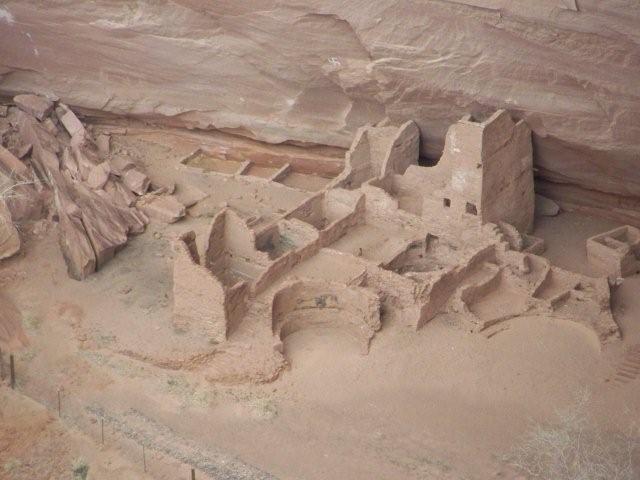Art and Nature
The chapter pointed out the fact that we as human beings have become more comfortable with the simulated world than the natural one. We have carved out these spaces within the natural world and hardly venture to the barrier that seems to hold back the darkness. When did the wilderness become such a dark and ominous place? At least at some point humanity existed within the natural world and it was a sacred place. What happened?
Is it hypocritical to expend massive amounts of resources in the creation of art to raise awareness for the natural environment? Perhaps the question is strange…
Where is this line between environmental activist and environmental artist that advocates for the environment? There are many activists who plant trees that do not consider themselves to be artist however, there are artist whose art is planting trees.
I thought the idea presented in the text referring to the natural environment needing to be sheltered from us was a profound statement. Historically speaking it was Humanity that needed to seek shelter from the natural world. We have somehow changed things to such a degree that we think it needs to be protected from us. I disagree. I believe that we must protect the natural world from our own actions because in removing ourselves from it conceptually we have put up this barrier… one I feel is imaginary. No matter how far removed we think we are, we are firmly rooted and tied to its fate.
Kac asked should we do things because we can? Or, are there limits to what we should explore, create, and perform? How about Cloning? Is that art? This large debate about how much is science and how much is art seems tricky. If all the artist needs to do is declare it art than it is? Or isn’t it?
Art and Deformation
This chapter I found less visually appealing. Perhaps that was the point of the chapter and the conceptual element of the work shown in the text however it did not hold my interest.
If a piece makes us turn away with disgust, embarrassment, or for any other reason has it done its job or not? If we do turn away abruptly and do not truly explore the piece in its entirety the message will be lost, in which case, only those that are coming to it without preconceived notions, expectations, and the fortitude can with stand it and receive its message. Generally speaking those that can do that is the institutional art community. Does this make this an elitist form of art if the message is lost on a majority of viewers?
Is this art form more difficult to place in a gallery?
I understand that deformative art represents this disruption of the typical flow to our world and the fact that the use of taboo imagery like bodily fluids, sex, decay, ect is conceptually loaded. But, these are the things of interest to the mentally deranged, the sociopathic, and the unstable. I am not suggesting that only the deranged think of these things merely questioning what our society has come to in which this is the solution that artist have come up with to disrupt the flow of culture.
I find it fascinating that we seem to be obsessed with this deformative form of art. To a lesser degree tv shows exploit the freak, movies are made about the sociopathic, the deranged, and the “Sick”. Where do you suppose this fascination comes from?




























